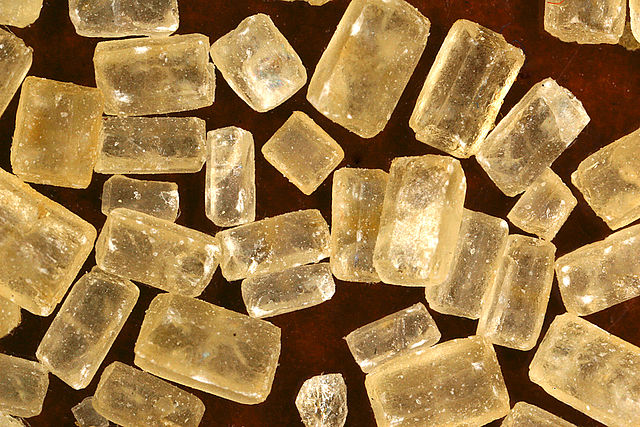Brown Sugar vs Raw Sugar
Brown sugar and raw sugar are distinct, although sometimes brown sugar is labeled as raw sugar and sold in the market. To understand the difference between the two, it’s important to know what each type of sugar is. Brown sugar is essentially molasses reintroduced to white sugar, resulting in a change in color and flavor. Raw sugar, also known as natural brown sugar, is produced from the first crystallization of cane. It is then refined to remove molasses, producing the white sugar commonly used in daily life for sweetening drinks or making recipes like cakes and biscuits. Now let’s take a closer look at raw sugar and brown sugar.
What is Raw Sugar?
Raw sugar is natural and light brown in color. It is made by pressing sugarcane and mixing it with lime, then reducing the liquid through evaporation to allow the sugar to crystallize. The light brown crystals are then spun in a centrifuge to separate them and left to dry on their own. The slightly light brown color of raw sugar is due to the presence of molasses. It is not possible to make raw sugar at home, as only white and brown sugars are available in the market to experiment with.
What is Brown Sugar?
Brown sugar is made by manufacturers using refined white sugar and reintroducing molasses, usually at a volume of 3.5% to 6.5%. Light brown sugar contains up to 3.5% molasses, while dark brown sugar contains up to 6.5% molasses. Contrary to common perception, the brown sugar produced in this way is not natural.
To make brown sugar, raw sugar is first refined into white sugar and then turned into brown sugar by adding molasses. Brown sugar is the most processed type of sugar among raw sugar, brown sugar, and white sugar. You can make your own brown sugar at home by adding molasses syrup to white sugar.
What is the difference between Brown Sugar and Raw Sugar?
• Raw sugar is natural, while brown sugar is more artificial.
• Raw sugar is natural and free from harmful chemicals and dyes. Brown sugar, made from white sugar, uses chemicals such as formic acid, phosphoric acid, sulfur dioxide, flocculants, preservatives, bleaching agents, and viscosity modifiers.
• Brown sugar gains a small amount of nutrients from the added molasses, including macro and micro minerals and B vitamins. However, since the amount of molasses added is small, brown sugar is only slightly ahead of raw sugar in terms of nutrients.
• The calorie content of brown sugar and raw sugar is said to be the same.
• Raw sugar uses less energy in production and produces less waste and fewer chemicals than brown sugar, making it more environmentally friendly.
• Both raw and brown sugars are available under different brand names with their own characteristics and properties.
Key Takeaways
- Raw sugar is natural and light brown in color, while brown sugar is made by reintroducing molasses to refined white sugar.
- Raw sugar is more environmentally friendly and free from harmful chemicals, while brown sugar is more processed and contains chemicals used in the production of white sugar.
- Both raw and brown sugars have similar calorie content, with brown sugar having slightly more nutrients due to the added molasses.
It is essential to remember that excessive sugar consumption, regardless of the type of sugar used, can lead to health problems such as diabetes.
